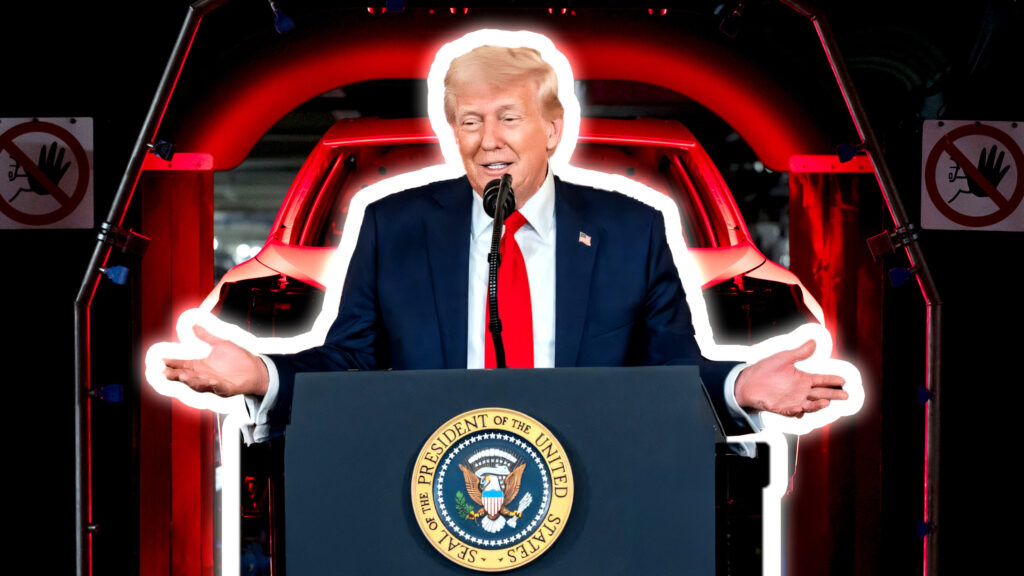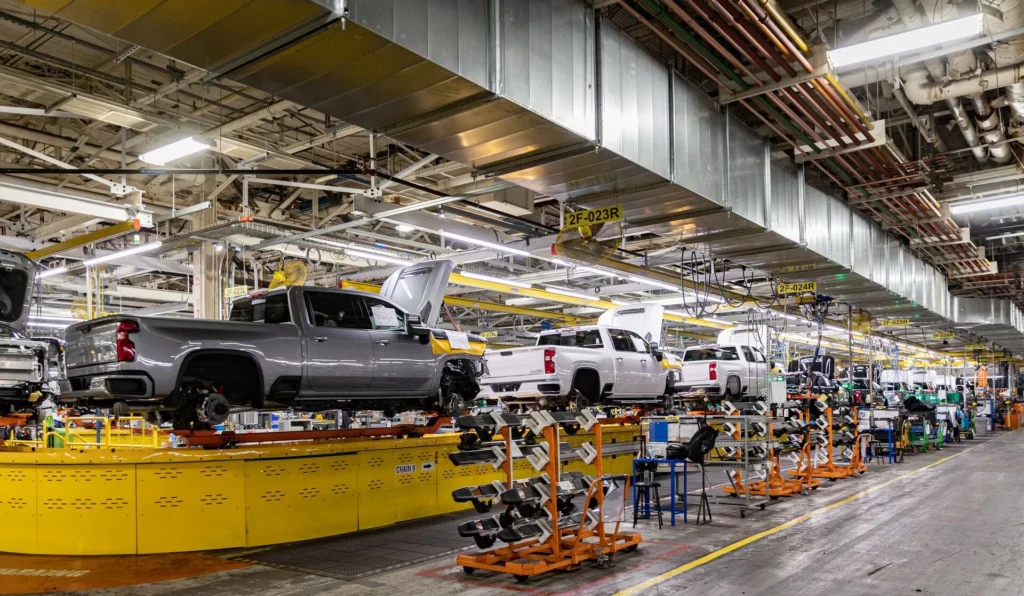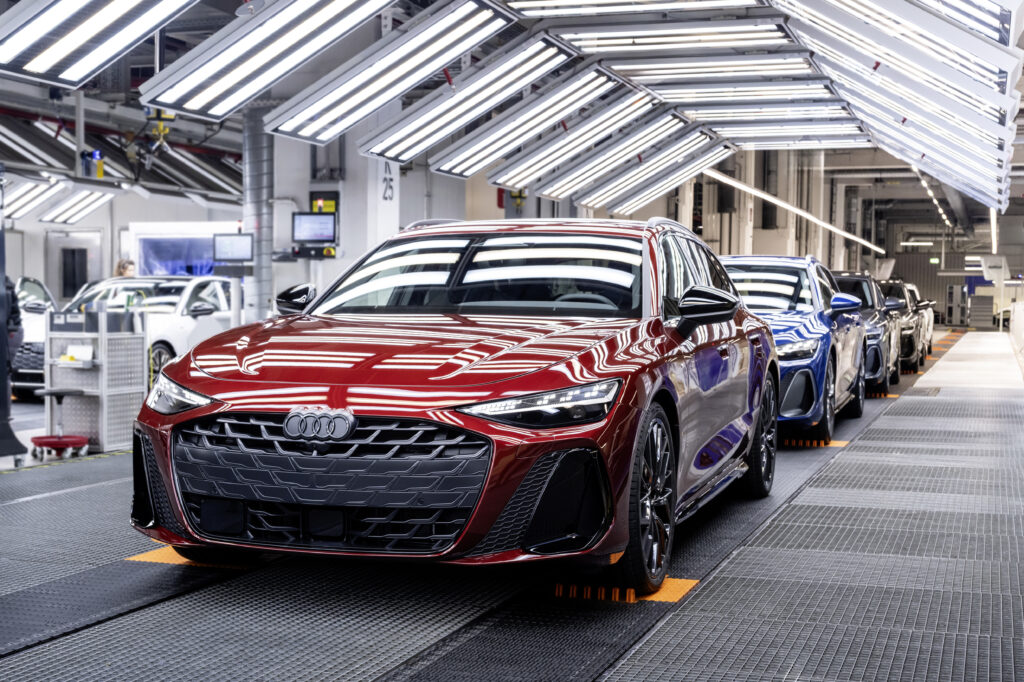Car Production

The global automotive industry is in for a bumpy ride, with analysts projecting a production of 87.9 million vehicles in 2025. That’s approximately 1.55 million fewer cars than last year—a notable dip of 2%. This isn’t just a temporary glitch either; it’s part of a continuing trend catalyzed by tariffs and economic shifts.
These tariffs are hitting North America particularly hard, leading to expectations of decreased production. The U.S., usually a car manufacturing powerhouse, might experience a 9% drop in production. Meanwhile, sales volumes in the United States could see a 3% decline. The reasons are understandable—almost half of the vehicles sold here have roots overseas, and a significant chunk of parts, somewhere between 30% and 60%, are imported.
Shifting Production

Automakers are starting to heed the push to bring production closer to home. Volvo, for instance, is adding another local model to the roster, possibly the XC60 or XC90, both expected in hybrid formats. Honda’s going to produce its Civic Hybrid stateside too, and Mercedes-Benz plans to boost its U.S. capacity—though that’ll take some time.
The VW Group is also making strategic moves, with Audi in talks to establish a U.S.-based facility. Currently, all Audi models in America are imports. While this might seem like a successful pivot to domestic production, the financial implications are noteworthy. U.S.-made cars could end up pricier due to higher labor costs.
Driving the Change

Automakers like Jaguar Land Rover and Audi have already paused exports to the U.S., choosing to exhaust their existing inventories. This wait-and-see approach banks on potential tariff reductions, which could make the market a bit more predictable and pricing more stable.
Shifting gears to local production isn’t quick or cheap. It requires investment, adjusted supply chains, and can lead to increased vehicle costs, at least in the short term. The tariffs may drive more in-house production eventually, but consumers need to brace for some potential sticker shock on new vehicles rolling off American assembly lines.
Car enthusiasts and buyers alike should keep an eye on these developments. As the industry continues to adjust, these changes could redefine what’s parked in driveways across America. Observant consumers might see this as an opportunity to weigh options and explore not just the classics but the new gems production shifts might create.
Conclusion
Tariffs are indeed reshaping the landscape of the auto industry, not just in terms of numbers but in how cars are produced and where. American shores are anticipated to see more action, albeit with some economic trade-offs. While this could potentially make certain car models more exclusive or expensive, it also promises investments and jobs that will ripple across local economies. For now, the revs and rhythms of change continue to resonate, leaving car manufacturers and buyers to navigate these challenging terrains.
Corvette Z06 Unleashed
Nissan's SUV Vision
Electric Fiesta Buzz
Nissan's New SUV
Ford Fiesta Revival